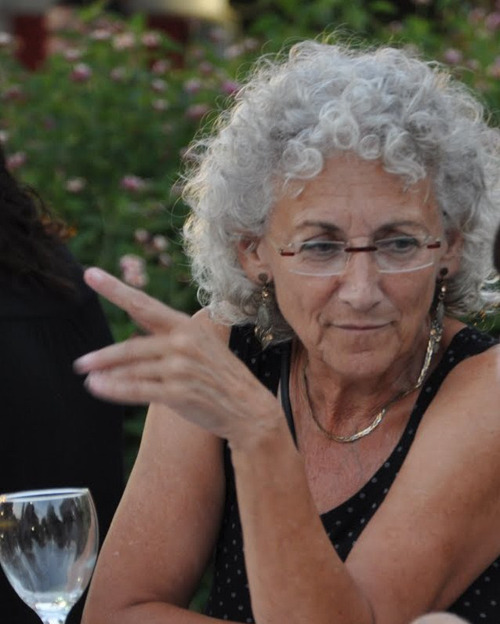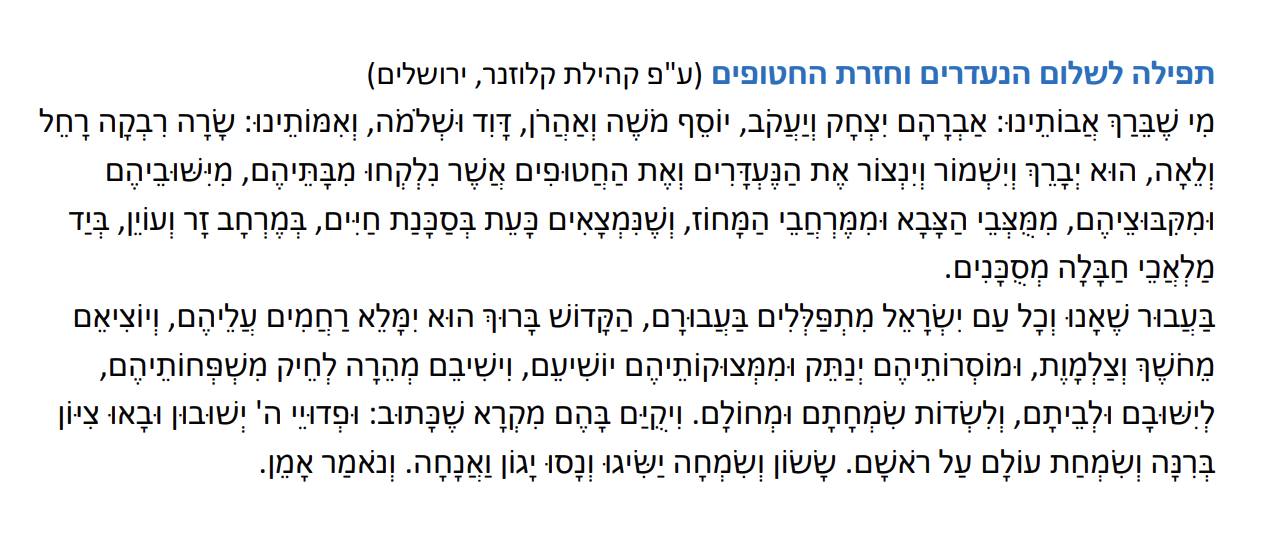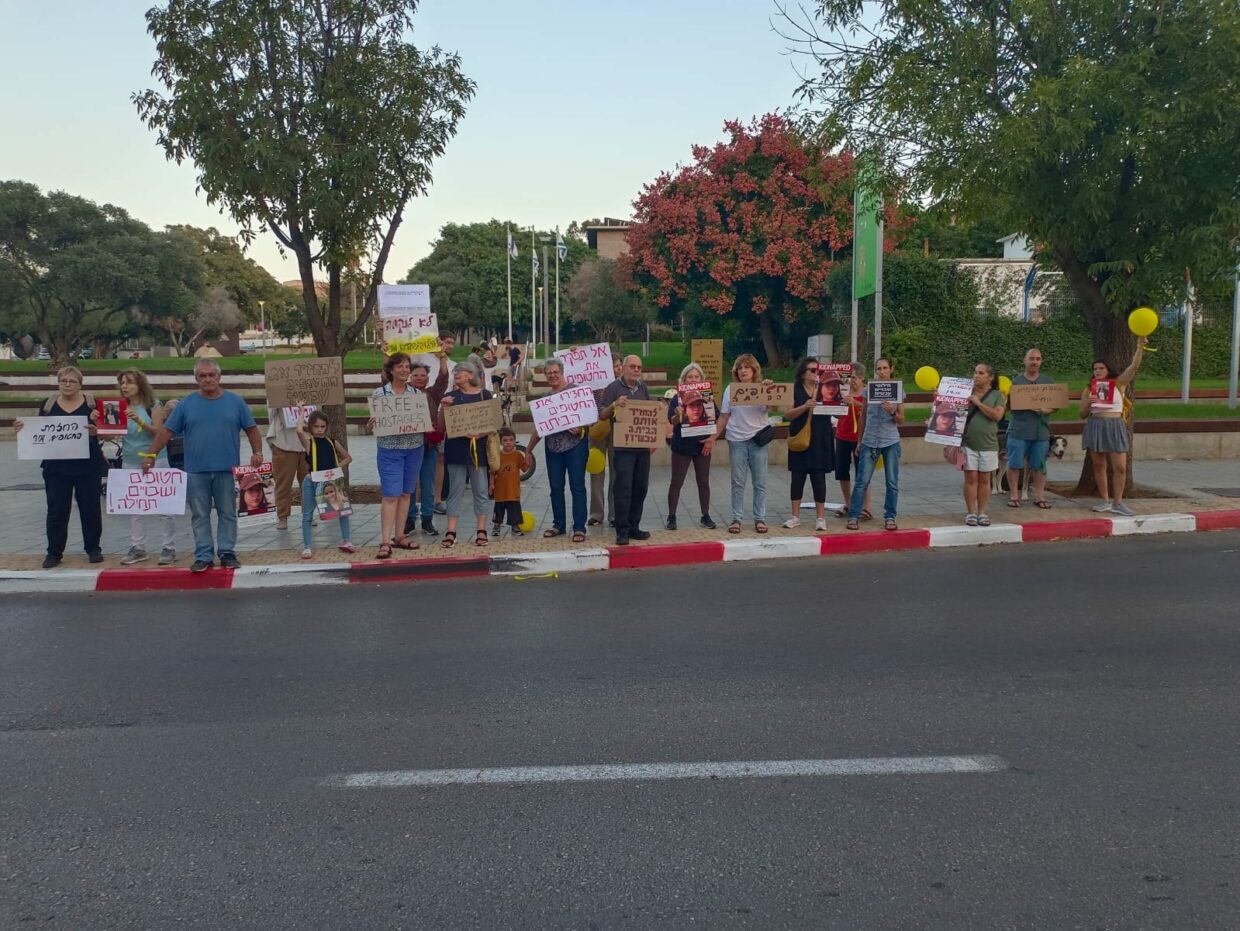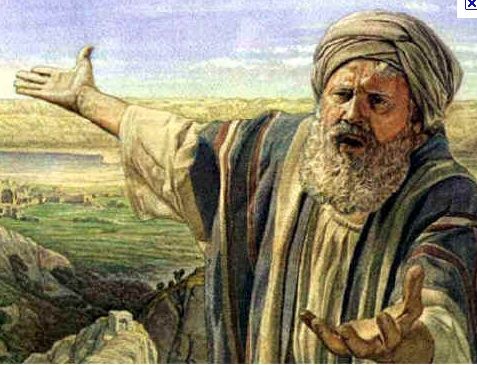What a wonderful day I’ve had at the AJS meeting today! I highly recommend that every academic attend an annual meeting as if they were attending a science fiction or anime conference, and go to panels that strike their fancy and are interesting to them. Today I gave myself license to attend panels on topics that interest me deeply, including art and music, and learned a lot.
I arrived late this morning for the Jews Imagining Empire panel, and so missed Yaniv Feller’s presentation, in which he proposed to frame early modern Germany as a real or (after Anderson) imagined empire. I did, however, enjoy the Q&A, in which people asked whether there were features that distinguished empires from nation states, and in what ways are there empires without colonies. Yaniv said something interesting: empires support the nation state by defining the “other”.
Then, Roger Lernon talked about Franz Kafka’s writing about imperial scenarios from faraway lands (“The Great Wall of China,” “The New Advocate” about Grece, and “The Hunter Gracchus” about Rome), to express his ambivalence toward the Habsburg empire, as a Jew in the crux of emancipation and nationalism. Finally, Katalin Rac introduced us to two people I had never heard of before: the Turkologist Ármin Vámbéry (1832–1913) and the Islamicist Ignaz Goldziher (1850–1921), both of whom were Jewish and whose travels and studies raise interesting questions about the relative liberalism of different empires.
The next panel, Jewish Art and Architecture, opened with Daniel Stein Kokin’s presentation about Perli Pelzig‘s prolific artistic career. Pelzig was a sculptor and muralist, whose work can be seen all over Israel. I’ve seen his gorgeous mosaics in kibbutzim and also at the Dan Acadia hotel in Herzliya and it was so well integrated into the space that it didn’t occur to me to inquire after the artist! But it turns out that Pelzig also designed the wonderful Holocaust Memorial Wall at Los Angeles’s Temple Beth Am, which looks like thousands of fingers scratching, and its complement–Pelzig’s evocative sculpture for Yad VaShem, which features hands reaching upward.
This was followed by Carolyn Beard’s presentation about the crucifixion as a motif in Mark Chagall’s paintings. White Crucifixion (1938) is the most famous among Chagall’s 80 (!) crucifixion paintings and, interestingly, eight of them are self-portraits depicting Chagall alongside a Jewish Jesus, wearing a tallit and sometimes tefillin, and images of suffering Jews. Chagall’s Artist with Yellow Christ is a reference to Paul Gauguin’s picture of the same name (1890), and in Christ with the Artist (1951) he depicts angels on the left of Jesus and Chagall on the right. The cross bursts out of the canvas. In another image, Chagall depicted Jesus’ head as a clock, and replaced the INRI script with his own signature.
Then, Fani Gargova introduced a new framework for analyzing women’s contributions to European Synagogue Design. The tendency among scholars of historical architecture is to regard women’s contribution to synagogue architecture as marginal, considering their location (separate and removed) in the synagogue itself. But it turns out that women played an important role contributing essential artifacts, such as menorot and parokhot, to the synagogues, which have been (mis)analyzed as Judaica objects, rather than as what they are: part of what makes the synagogue a synagogue.
After lunch, I went to a fantastic musicology panel. Gordeon Dale introduced the emerging and wildly successful genre of “Pop Emuni,” presenting artists who are and present as Orthodox and engage openly with biblical themes. We listened to, and analyzed, four songs: Ishay Ribo’s Hine Yamim Baim , Akiva (Turgeman)’s Lekh Lekha, Hanan ben Ari’s Holem Kemo Yosef, and Narkis’ Avi Lo. Despite the sharp polarization in Israel, these artists have been able to break boundaries and enjoy wide public appeal.
Then, Ann Glazer Niren exposed the liturgical roots of Leonard Bernstein’s psalms work. Ann hypothesizes that Bernstein was deeply influenced by Solomon Braslavsky, a gifted musician, who was the cantor and musical director at Bernstein’s home temple Mishkan Tefila. Indeed, Bernstein returned to religious themes in many of his compositions, including Jeremiah, Haskiveinu, Mass, and Kadish. We got to hear excerpts from his Psalms–Psalm 148 (1935) and his Chichester Psalms–and learn about some of the wonderful musical devices he used: echoes of Beethoven’s Pathetique and text pairing (which is a huge part of Bernstein’s genius and which I’ve appreciated every time I’ve sung or listened to his work.)
Finally, Amanda Ruppenthal-Stein introduced us to the Abayudaya Jewish community in Uganda, sharing and analyzing the wonderful polyphonic interpretation of “Ha’Azinu” (Deuteronomy 32).
A great coda to the conference was a panel about gender and queerness in Jewish ritual spaces, which opened with Morey Lipsett’s analysis of the “Agaddic element” in the liturgy at my local synagogue, Congregation Sha’ar Zahav (CSZ). I’m an occasional visitor there (one of my goals in the new year will be to become a more regular attendee) but Morey grew up in the congregation and, relying on Walter Benjamin and Judith Butler, he looks at how the synagogue’s founders and leaders have transformed the Kabbalat Shabbat ritual to encompass dynamic ideas of gender and sexuality, beyond just pointing out the patriarchal aspect of orthodox tradition, and toward creating an affirming and accepting space.
Then, Shlomo Gleibman led us through an investigation of the havruta (a long-term committed religious study partnership) as a queer space, starting with one of my favorite pair: Rabi Yohanan and Resh Lakish, from their erotically charged encounter in the river to what is arguably the most epic, dramatic breakup ever. We followed other havruta queer pairings, in the literature of S. An-sky, I. B. Singer, S. Y. Agnon, Tony Kushner, Michael Lowenthal, and Evan Fallenberg.
Finally, Isabel-Marie Johnston surveyed and interviewed Orthodox and non-Orthodox Jews about their mikvah immersion practices. Her data indicates that the Mikvah offers relief and healing properties to many of the respondents, but especially to those with complicated micro-minority identities: people in intermarriages, people of color, people of complex sexuality, etc. But it turns out that exclusive practices in many Orthodox-run mikvaoth, including innocuous-seeming screening practices, are a real turn-off to these people.
I learned a lot and have tons of wonderful ideas for future research, and feel professionally energized for the first time in many months.








